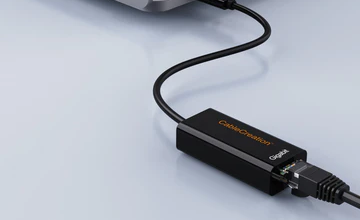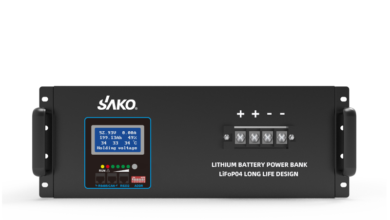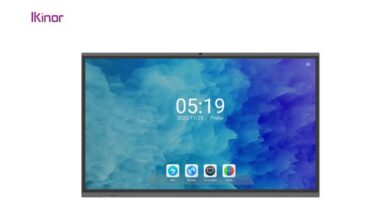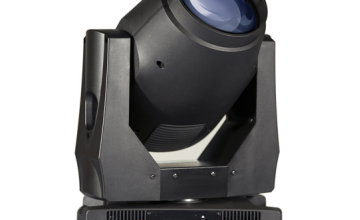Various Types Of SMPS

The following are some examples of the various SMPS:
-Converter from DC to DC
-Input Converter
-The Flyback Converter
-Flyback converter with self-oscillation
When supplied with AC power, a DC-DC converter switches on and filters high-voltage DC. It is supplied to the main side of the step-down transformer and changes at a very rapid pace. The filtered and rectified output at the minor side of the transformer, which is just a fraction of the size of an equivalent 50 Hz device, solves the size and weight issues. It must then be delivered to the power supply’s o/p. To regulate the output voltage, a sample of this output must be returned to the button.
Forward Converter: When the transistor is leading or not, the choke in a forward converter transfers the current. The current flows into the load at both times because the diode transmits current across the transistor’s OFF period. During the ON phase, the choke stores energy and allows part of it to enter the o/p load.
Flyback Converter: In this converter, energy is provided by the inductor’s magnetic field when the switch is turned on. The output voltage circuit’s energy falls when the button is open. The output voltage is controlled by the duty cycle.
The simplest converter based on the flyback concept is the self-oscillating flyback converter. The current flow through the transformer main switches ramps up linearly with an angle equal to Vin/Lp during the switching transistor’s conduction period. The quickest recovery rectifier is reverse-biased and kept ON by the induced voltage in the secondary and feedback winding. The current grows dramatically as it approaches the peak value of “Ip” when the core activates to saturate. With the feedback winding’s fixed base drive, we cannot support them. As a consequence, the switching turns on to de-saturate.
In search of SMPS power supplies? Customers can rely on Mornsun to help them to boost their productivity and energy efficiency while minimizing any negative environmental effects.





